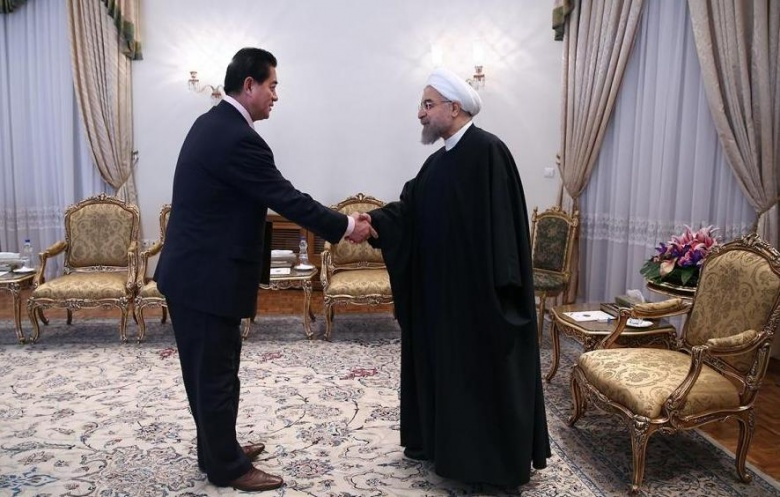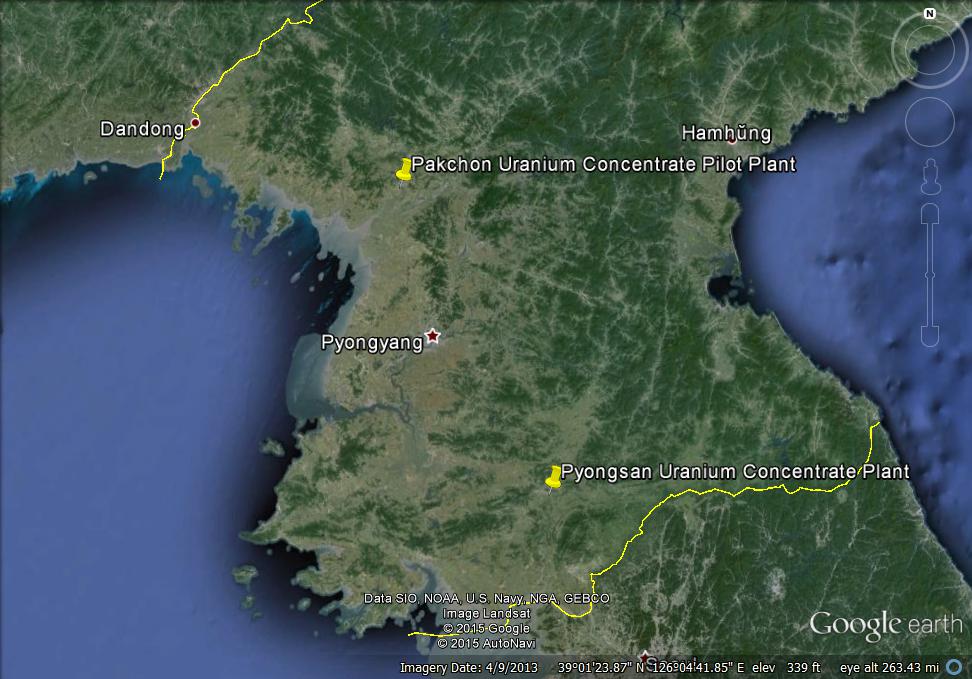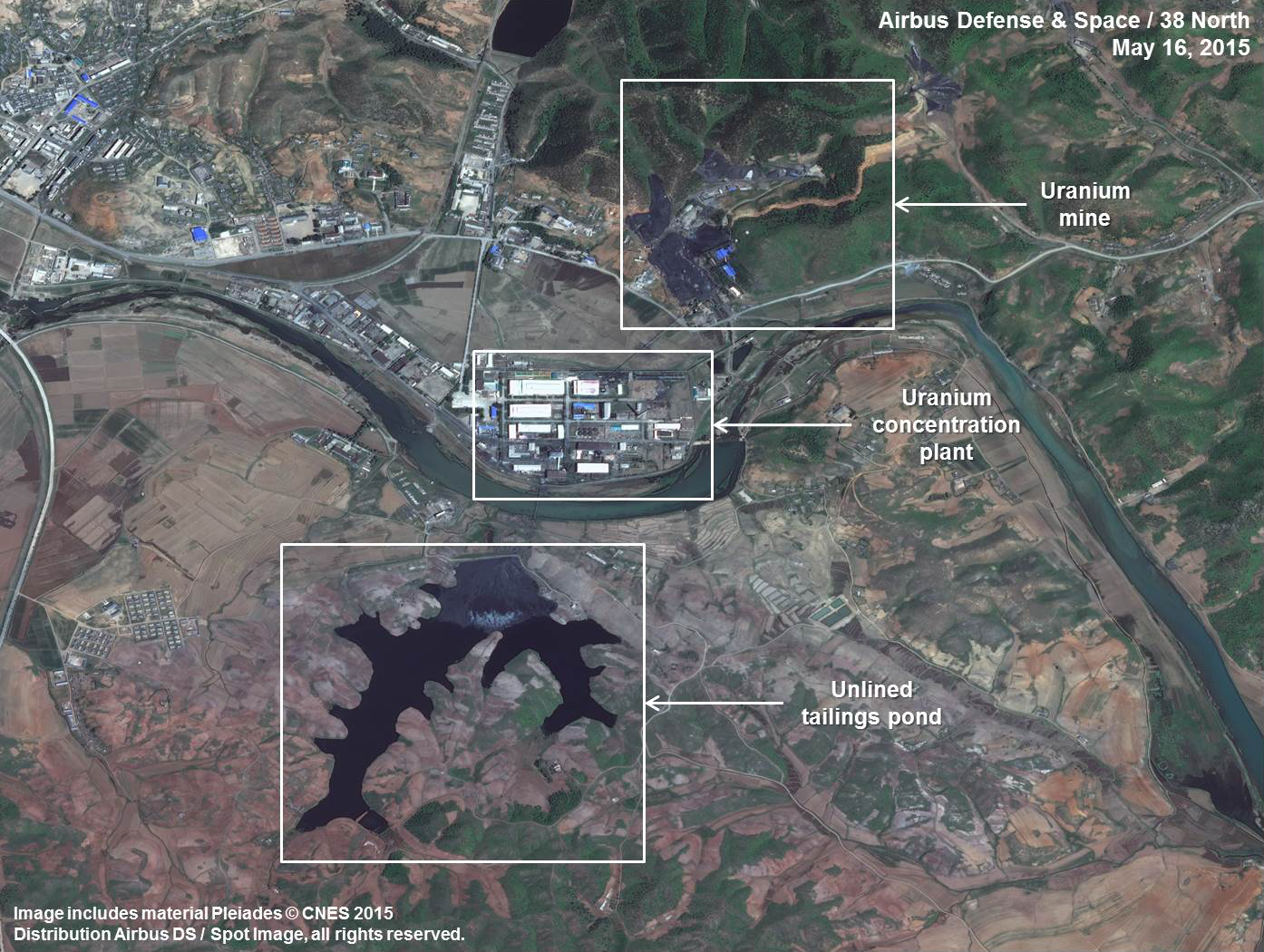
The Incidents
Imagine that one day you wake up and trading is halted on the New York Stock Exchange (NYSE) floor; meanwhile systems at United Airlines and the Wall Street Journal newspaper appear out of order.
It is not a scene from a movie; it happened on July 8, when trading at the NYSE stopped around 11:30 a.m. ET.
According the media, the temporary interruption of the services mentioned was a fateful coincidence and the events are unrelated, but the incidents have raised once again the question of the real security of critical infrastructure.
White House spokesperson Josh Earnest confirmed that the incidents weren’t caused by cyber-attacks. President Obama had briefed on the glitch at NYSE by White House counterterrorism and Homeland Security adviser Lisa Monaco as well as Chief Of Staff Denis McDonough.
“It appears from what we know at this stage that the malfunctions at United and at the stock exchange were not the result of any nefarious actor,” said Department of Homeland Security Secretary Jeh Johnson. “We know less about the Wall Street Journal at this point except that their system is back up again as is the United Airline system.”
Which is the impact of a cyber-attack on a critical infrastructure? Are critical infrastructure actually secure?
A major attack on a critical infrastructure like a power grid would cause chaos in the country by interrupting vital services for the population.
The current scenario
The Stock Exchange, transportation, and media are critical to the infrastructure of a country. A contemporary failure of these systems could cause serious problems to the nation, especially when the incident is caused by a cyber-attack.
“I think the Wall Street Journal piece is connected to people flooding their web site in response to the New York Exchange to find out what’s going on.” FBI Director James Comey told the Senate Intelligence committee. “In my business we don’t love coincidences, but it does appear that there is not a cyber-intrusion involved.”
Sen. Bill Nelson, D-FL, the top Democrat on the cyber-security subcommittee, told Fox News that the NYSE incident has “the appearance” of a cyber-attack and noted the coordination of multiple sites.
Thus far, the temporary outage at the New York Stock Exchange, United Airlines and the Wall Street Journal’s website were the results of tech glitches, but we have to consider the US infrastructure remains vulnerable to cyber-attacks that would cause serious problems and would be costly.
To compound the scenario, there is the rapid increase in the number of cyber-attacks, at least of those we fail to detect, and its complexity.
The DHS’s Industrial Control Systems Cyber Emergency Response Team (ICS-CERT) has issued its new ICS-CERT MONITOR report related to the period September 2014 – February 2015. The ICS-CERT MONITOR report
According to the report, the Industrial Control Systems Cyber Emergency Response Team (ICS-CERT) received and responded to 245 incidents in Fiscal Year 2014, more than half of the incidents reported by asset owners and industry partners involved sophisticated APT. ICS/SCADA system were also targeted by other categories of threat actors, including cyber criminals, insider threats and hacktivists.
“Of the total number of incidents reported to ICS-CERT, roughly 55 percent involved advanced persistent threats (APT) or sophisticated actors. Other actor types included hacktivists, insider threats, and criminals. In many cases, the threat actors were unknown due to a lack of attributional data.” states the report.
Analyzing incidents reported by sector, it is possible to note that the majority of the attacks involved entities in the Energy Sector followed by Critical Manufacturing. About 30 percent of the incidents hit infrastructures in the energy sector, meanwhile Critical Manufacturing (i.e. manufacturing of vehicles and aviation and aerospace components) accounted for 27 percent.
The threat actors used a significant number of zero-day vulnerabilities to compromise industrial control systems through the exploitation of web application flaws.
The most common flaws exploited by attackers include authentication, buffer overflow, and denial-of-service . Noteworthy among ICS-CERT’s activities included the multi-vendor coordination that was conducted for the ”
“Noteworthy among ICS-CERT’s activities included the multi-vendor coordination that was conducted for the “Heartbleed” OpenSSL vulnerability. The team worked with the ICS vendor community to release multiple advisories, in addition to conducting briefings and webinars in an effort to raise awareness of the vulnerability and the mitigation strategies for preventing exploitation” states the ICS-CERT report to explain the coordination activities sustained by the agency to address principal vulnerabilities.
The ICS-CERT MONITOR report confirmed that the attackers used a vast range of methods for attempting to compromise control systems infrastructure, including:

Figure 1 – ICS -CERT Attack Methods
Unfortunately, it is quite difficult to attribute an incident to a specific threat actor. In the majority of cases, these offensives have gone under the radar over the years due to high level of sophistication of the Tactics, Techniques, and Procedures (TTPs).
The victims were not able to identify the threat actors. Neither the attack vector exploited by hackers for 38 percent of the reported incidents,
“Many more incidents occur in critical infrastructure that go unreported,” states the ICS-CERT MONITOR report. “Forensic evidence did not point to a method used for intrusion because of a lack of detection and monitoring capabilities within the compromised network”.
US power grid vulnerable to cyber attacks
The US power grid is a privileged target for various categories of attackers, terrorists, cyber criminals, and state-sponsored hackers. Daily, they threaten the backbone of the American society. Security experts and US politicians are aware that the national power grid is vulnerable to a terrorist attack.
“It’s possible; and whether it’s likely to happen soon remains to be seen,” explained by the former Secretary of Defense William Cohen“ on “The Steve Malzberg Show.”
Attackers have several options to hit a power grid, from a cyber-attack on SCADA systems to an EMP attack, according to Cohen.
“You can do it through cyber-attacks, and that’s the real threat coming up as well. We have to look at cyber-attacks being able to shut down our power grid, which you have to remember is in the private sector’s hands, not the government’s. And we’re vulnerable,” Cohen added. “It’s possible and whether it’s likely to happen soon remains to be seen.”
“That’s because the technology continues to expand and terrorism has become democratized. Many, many people across the globe now have access to information that allows them to be able to put together a very destructive means of carrying out their terrorist plans. We’re better at detecting than we were in the past. We’re much more focused in integrating and sharing the information that we have, but we’re still vulnerable and we’ll continue to be vulnerable as long as groups can operate either on the margins or covertly to build these kind of campaigns of terror.” said Cohen.
Former Department of Homeland Security Secretary Janet Napolitano shared Cohen’s concerns. A major cyber-attack the power grid was a matter of “when,” not “if.”
State-sponsored hackers, cyber terrorists are the main threat actors, but as confirmed by a recent research conducted by TrendMicro, also the cybercrime represents a serious menace.
Former senior CIA analyst and EMP Task Force On National Homeland Security Director, Dr. Peter Vincent Pry, told Newsmax TV that that a cyber attack against the power grid could cause serious destruction and loss of life.
Not only US power grid are under attack. In January 2015, the British Parliament revealed that UK Power Grid is under cyber-attack from foreign hackers, but the emergency is for critical infrastructure worldwide.\

Figure 2 – SCADA control room
Arbuthnot confirmed the incessant attacks on national critical infrastructure and he doesn’t exclude a major incident, despite the enormous effort spent at the National Grid.
“Our National Grid is coming under cyber-attack not just day-by-day but minute-by-minute,” Arbuthnot, whose committee scrutinized the country’s security policy, told a conference in London last year. “There are, at National Grid, people of very high quality who recognize the risks that these attacks pose, and who are fighting them off,” he said, “but we can’t expect them to win forever.”
The power grid is a vital system for our society and the cyber strategy of every government must consider its protection a high priority, a terror attack would leave entire countries sitting in the dark.
A hypothetical attack scenario and estimation of the losses
What will happen in case of a cyber-attack on a critical infrastructure in the US? Which is the economic impact of a cyber-attack against a power grid?
According to a poll conducted by researchers at the Morning Consult firm from May 29 to May 31, cyber-attacks are just behind terrorism attacks on the list of biggest threats to US. The research allowed the experts to estimate that the insurance industry could face losses of about $21 billion. That poll was conducted by interviewing a national sample of 2,173 registered voters.
Nearly 36 percent of voters consider acts of terrorism at the top of a list of major security threats, followed by cyber-attacks at 32 percent.

Figure 3- Morning Consult firm poll results
The Lloyd’s of London has conducted a very interesting study, Business Blackout, that describes the impacts of a cyber-attack on the national power grid.
It is the first time that the insurance industry has elaborated on a similar report. Obviously, the estimates provided are merely indicative due to the large number of factors that can influence the costs.
According to the report prepared by Lloyd’s of London in a joint effort with the University of Cambridge’s Centre for Risk Studies, cyber-attacks would have a catastrophic impact on multiple types of insurance.
The attack scenario described by Business Blackout illustrates the effects of a malware-based attack on systems that controls the national power grid. The attack causes an electrical blackout that plunges 15 US states and principal cities, including New York City and Washington DC, into darkness. Nearly 93 million people will remain without power in the scenario hypothesized by the study.
The attackers spread the ‘Erebos’ Trojan through the network with the effect of compromising the electricity generation control rooms in several locations in the Northeastern United States.
According to the researchers, the attack will cause health and safety systems to fail, disrupting water supplies as electric pumps fail. The chaos will reign causing the failure of main services, including transportation. The malware is able to infect the Internet and search and compromise 50 generators that it will destroy, causing prolonged outages in the region.
The total of claims paid by the insurance industry has been estimated to be included in the interval comprised between $21.4b and $71.1b, depending on the evolution of the scenarios designed by the researchers.
The researchers involved in the simulation have calculated the economic losses could range from $243 million to $1 trillion, depending on the number of components in the power grid compromised by the attack.
“Economic impacts include direct damage to assets and infrastructure, decline in sales revenue to electricity supply companies, loss of sales revenue to business and disruption to the supply chain. The total impact to the US economy is estimated at $243bn, rising to more than $1trn in the most extreme version of the scenario.” states the report.
The experts analyzed the historical outages, estimating that currently the power interruptions, most of which last five minutes or less, already cost the US about $96 billion. The cost related to a prolonged outage is likely to be included in the range of $36 billion to $156 billion. The Commercial and industrial sectors are the sectors most impacted by the attack on the power grid due to their dependency on the electricity supply.
“Evidence from historical outages and indicative modelling suggests that power interruptions already cost the US economy roughly $96bn8 annually.9 However, uncertainty and sensitivity analysis suggest this figure may range from $36b to $156b.” continues the report. “Currently over 95% of outage costs are borne by the commercial and industrial sectors due to the high dependence on electricity as an input factor of production.”
As explained in the report, it is important to identify the risks related to a possible cyber-attack and adopt all the necessary measures to mitigate them. The protection of critical infrastructure like a power grid is an essential part of the cyber strategy of any Government.
(843) 606-2578








